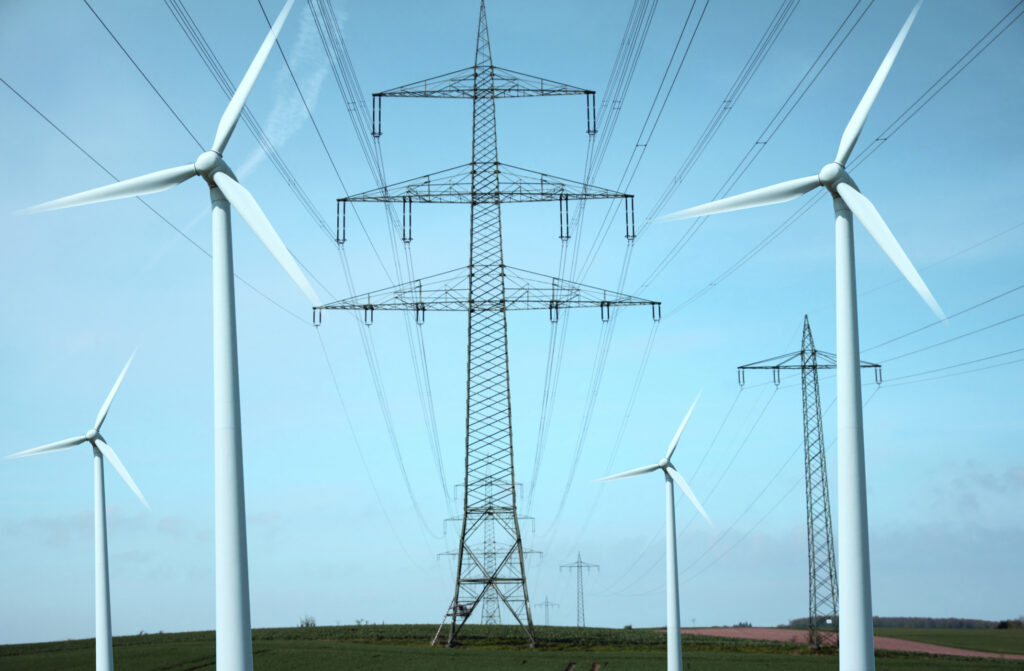A newly published paper by the American Wind Energy Association shows electricity prices are rising more than four times as fast as the national average in nine of the 11 states with the most wind power consumption. In Texas, the only one of the 11 states with significantly declining electricity prices, deregulation, not wind power, is causing the decline in electricity prices.
The findings are a huge blow to advocates of renewable power mandates and wind power subsidies.
Playing Defense on Rising Prices
Susan Williams Sloan, director of state relations for the American Wind Energy Association (AWEA), wrote and circulated an article in response to a series of articles I wrote on electricity prices in states with renewable power mandates. Last year, legislators in Colorado, Kansas, and Ohio asked me to testify in legislative hearings about the cost impacts of renewable power mandates in their states. Legislators in another state, North Carolina, asked me to prepare a similar analysis for potential legislative hearings. My research found electricity prices in all four states rose much more rapidly than the national average after the states enacted their renewable power mandates.
My articles, published in Environment & Climate News, documented the rapid price increases in each state, which come as no surprise considering wind power and other forms of renewable power generation are much more costly than conventional power. Indeed, that is why Big Renewables fight tooth and nail for renewable power mandates—because they cannot compete with conventional power sources on a level playing field.
In “Fact Check: New Analysis Rebuts Heartland’s Bogus RPS Claims,” Sloan claimed that in the 11 states in which wind power accounts for more than 7 percent of electricity sales, prices dropped by a little less than 1 percent since 2008. Sloan, referencing another recently published AWEA article, “Wind Power’s Consumer Benefits,” claimed electricity prices in the remaining 39 states rose 7.8 percent. For the nation as a whole, she stated, electricity prices rose 3 percent since 2008.
Sloan claimed this proved my four state-specific electricity studies were “cherry-picked” and “bogus.” Instead, an objective review of Sloan’s self-serving “fact check” provides an informative lesson in how the renewable energy industry plays fast and loose with the facts to deceive federal and state legislators. AWEA’s own analysis actually shows electricity prices are skyrocketing in almost all states with substantial wind power generation.
Skyrocketing Costs in Wind Power States
The 11 states that AWEA identifies as deriving more than 7 percent of their electricity from wind power are Colorado, Idaho, Iowa, Kansas, Minnesota, North Dakota, Oklahoma, Oregon, South Dakota, Texas, and Wyoming. AWEA says these 11 states have had slightly falling electricity prices since 2008, but official U.S. Energy Information Administration (EIA) data show nine of the 11 have dramatically rising prices. Here are EIA’s data on changes in electricity prices for each of the 11 states since 2008:
Colorado – up 14%
Idaho – up 33%
Iowa – up 17%
Kansas – up 29%
Minnesota – up 22%
North Dakota – up 24%
Oklahoma – down 1%
Oregon – up 15%
South Dakota – up 26%
Texas – down 19%
Wyoming – up 33%
The objective U.S. Energy Information Administration data show nine of the 11 largest wind power states are experiencing skyrocketing electricity prices, rising more than four times the national average. Moreover, prices in eight of the 11 states are rising more than twice as fast as in the 39 states with less than 7 percent wind power generation.
How, then, does AWEA claim these 11 largest wind power states are experiencing declining electricity prices?
The answer is AWEA does not calculate each of the 11 states’ average rise or decline in electricity prices and then divide by 11. Instead, AWEA assigns differing weights to each state’s rise or decline based on how much electricity is consumed in that state. AWEA’s curious way of assigning different weight to each state’s electricity prices gives it the convenient ability to claim that wind power lowers electricity prices, even though electricity prices are skyrocketing in nine of the 11 states with the most wind power consumptions.
The Two Outliers Explained
Other important factors further rebut AWEA’s claims in the two heavy wind power states where electricity prices are not skyrocketing.
In Oklahoma, where electricity prices remained essentially flat, there is no renewable power mandate. To the extent wind power is produced in Oklahoma, market forces, rather than state government, determine its generation. AWEA curiously argues relatively stable electricity prices in a state without renewable power mandates justify AWEA’s call for renewable power mandates.
In Texas, economists agree, electricity prices have been falling in recent years as a result of the state’s deregulation efforts during the past decade. Texas coal power, natural gas power, nuclear power, and wind power are all experiencing declining prices due to deregulation. Yet AWEA falsely ascribes the state’s declining electricity prices to wind power.
AWEA’s self-serving formula uses Texas’ deregulation to hide the cumulatively skyrocketing electricity prices in the 10 other states that generate the most wind power.
AWEA Shoots Self in Foot
In its attempt to rebut the common-sense, objectively documented fact that forcing people to purchase electricity from expensive sources raises electricity prices, AWEA merely shot itself in the foot regarding its bogus economic claims. AWEA also put state legislators on notice to be very careful regarding any claims AWEA might make in the future.
James M. Taylor ([email protected]) is managing editor of Environment & Climate News. This article first appeared at Forbes.com and is reprinted with permission.





